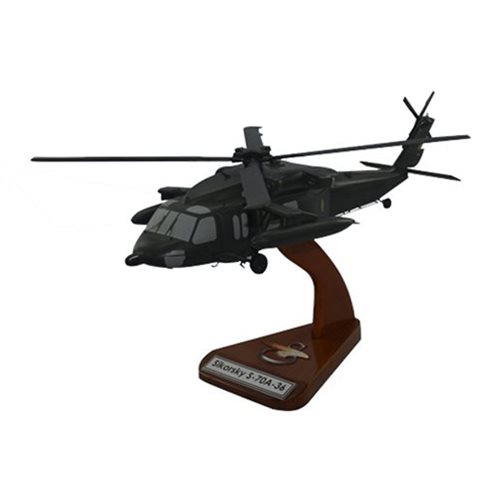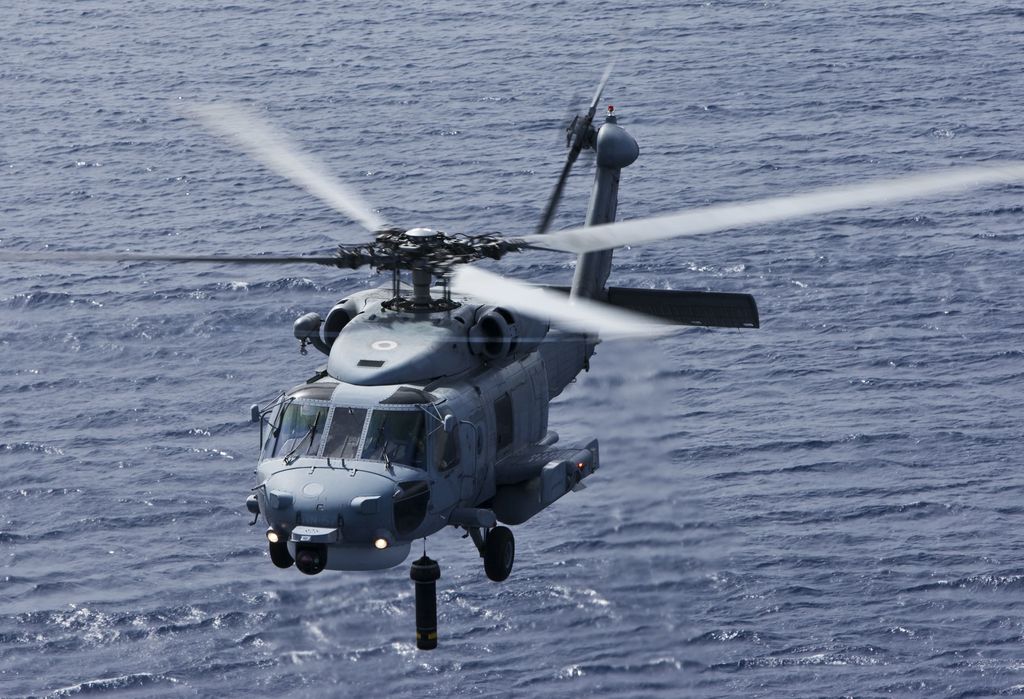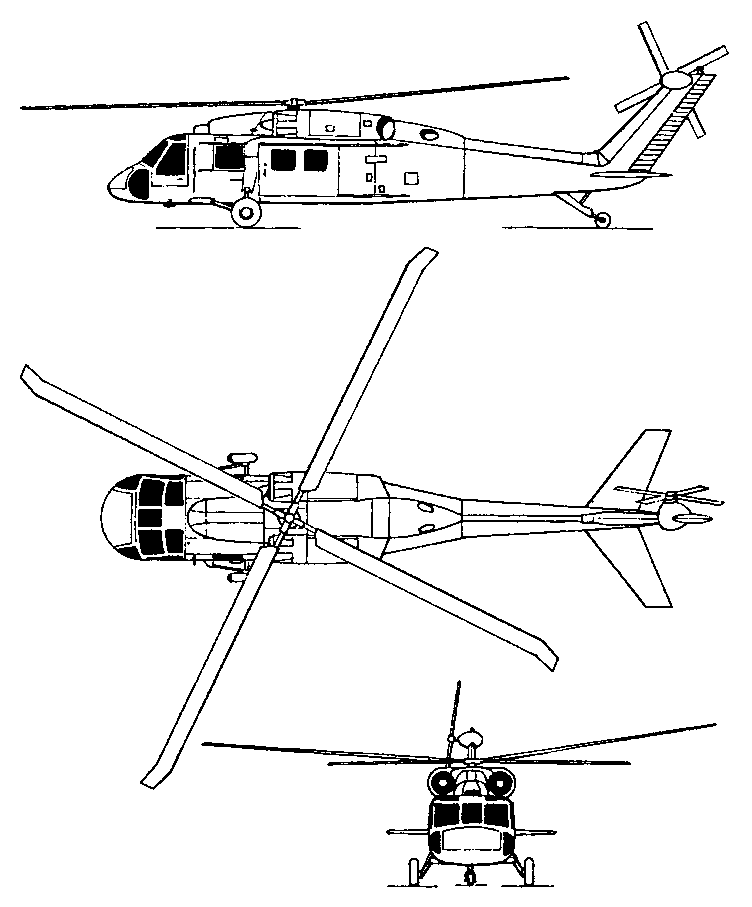High-Performance Multi-Role Rotorcraft Featuring Advanced Cockpit Technologies and Integrated Sensor Solutions
The world of rotorcraft modern technology has actually seen notable developments in current times, particularly in the realm of high-performance multi-role rotorcraft geared up with innovative cabin innovations and seamlessly incorporated sensing unit systems. These developments have not only enhanced the functional abilities of rotorcraft but have additionally substantially influenced contemporary air travel procedures on numerous fronts. From boosted mission convenience to enhanced functional efficiency, the merging of innovative cabin technologies and incorporated sensing unit systems has actually introduced a new age of possibilities for rotorcraft applications. In the adhering to conversation, we will discover the development of rotorcraft technology, look into the realm of sophisticated cabin innovations, and take a look at the effects of incorporated sensing unit systems on the operational versatility and effectiveness of modern-day rotorcraft.
Evolution of Rotorcraft Modern Technology
The evolution of rotorcraft innovation has been noted by considerable developments in aerodynamics, materials, and propulsion systems, shaping the capabilities and efficiency of modern rotorcraft. Wind resistant renovations have boosted the effectiveness and maneuverability of rotorcraft, allowing for increased speed, agility, and security during flight (sikorsky s 70). Innovations in materials, such as the use of composite materials and advanced alloys, have actually caused lighter yet stronger rotorcraft structures, enhancing overall performance and longevity. In addition, innovations in propulsion systems, consisting of more effective engines and cutting-edge propulsion technologies, have actually allowed rotorcraft to accomplish greater altitudes, faster speeds, and higher hauls.
These advancements have not just transformed the abilities of rotorcraft yet have likewise expanded their applications across different markets, consisting of armed forces, industrial, and emergency solutions. The continual evolution of rotorcraft innovation proceeds to drive innovation in the area, pushing the borders of what is feasible and shaping the future of vertical flight.
Advanced Cockpit Innovations
Building upon the fundamental innovations in the rules of aerodynamics, products, and propulsion systems, the world of rotorcraft innovation now moves focus towards pioneering Advanced Cabin Innovations. The combination of sophisticated technologies within the cockpit environment plays an important duty in improving the operational abilities, security, and efficiency of contemporary rotorcraft. sikorsky s 70. Advanced Cabin Innovations encompass a vast variety of attributes developed to give pilots with boosted situational recognition, streamlined data management, and instinctive control interfaces
Among the key innovations in cockpit style is the implementation of glass cabins, which replace standard analog determines with high-resolution display screens. These electronic systems offer personalized layouts, real-time data combination, and enhanced readability, allowing pilots to accessibility critical details at a glimpse. In addition, progressed avionics systems, such as fly-by-wire controls and increased truth display screens, are changing exactly how pilots interact with the airplane, enabling specific control and boosted decision-making capabilities.


Including innovative cabin developments not only improves pilot performance yet additionally adds to general objective efficiency and safety in complex operational settings. By leveraging modern innovations within the cabin, rotorcraft makers are establishing new criteria for operational quality and objective success.
Integrated Sensing Unit Equipments
With the development of rotorcraft innovation, the integration of sophisticated Integrated Sensing unit Equipment has actually ended up being paramount in boosting functional performance and safety and security. These Integrated Sensor Systems include a large array of innovations that supply crucial information for various functions such as navigating, surveillance, targeting, and ecological surveillance. By flawlessly incorporating sensing units like radars, video cameras, lidar, and infrared systems right into rotorcraft, operators can take advantage of enhanced situational recognition, improved objective abilities, and decreased pilot work.
One key benefit of Integrated Sensing unit Systems is their ability to collect real-time data and supply actionable insights to pilots and goal operators. Advanced radar systems can identify and track targets over long ranges, permitting for very early threat discovery and effective response preparation. Additionally, incorporating infrared and electro-optical cams allows rotorcraft to conduct reconnaissance and surveillance objectives with precision and precision.
Fundamentally, the assimilation of sophisticated sensing unit modern technologies into rotorcraft not only improves operational effectiveness but also adds dramatically to general objective success and team security. As rotorcraft continue to evolve, the duty of Integrated Sensor Equipment will undoubtedly continue to be at the center of development in the aerospace industry.
Functional Convenience and Efficiency
Enhancing functional convenience and efficiency in rotorcraft is an all-natural development from the integration of this post advanced Integrated Sensing unit Solutions. By leveraging the data and insights provided by these advanced sensing unit systems, rotorcraft can optimize their performance across different goals and environments.
Operational adaptability incorporates the capacity of rotorcraft to adapt to different roles and situations effectively. With innovative cockpit modern technologies and integrated sensing unit systems, rotorcraft can effortlessly change between tasks such as search and rescue, medical evacuation, surveillance, and much more. This versatility improves the rotorcraft's capability to satisfy varied functional needs without calling for substantial reconfiguration.
Performance in rotorcraft operations is essential for making the most of objective effectiveness and resource utilization. Integrated sensor systems play a critical role in improving operational efficiency by offering real-time information on climate condition, surface mapping, target monitoring, and a lot more. This data makes it possible for pilots to make educated decisions swiftly, enhance flight courses, save fuel, and boost overall goal performance.
Impact on Modern Aviation Workflow

Additionally, the combination of sophisticated sensing units facilitates improved objective planning and implementation, allowing rotorcraft to execute a wide variety of jobs with enhanced precision. From search and rescue procedures to airborne firefighting and police missions, the abilities of contemporary rotorcraft geared up with innovative cabin innovations and incorporated sensor systems are exceptional.
Furthermore, the effect of these innovations expands beyond operational effectiveness to cost-effectiveness and sustainability. By optimizing trip paths, fuel intake, and maintenance schedules, high-performance rotorcraft furnished with innovative cabin Click This Link innovations and sensors add to decreasing functional costs and ecological impact, making them indispensable possessions in modern aeronautics procedures.
Conclusion
Finally, the high-performance multi-role rotorcraft with sophisticated cockpit innovations and incorporated sensing unit systems stands for a considerable advancement in air travel modern technology. These innovations enhance operational convenience and performance, ultimately influencing modern-day aeronautics procedures in a positive method. The combination of these innovative innovations enables boosted abilities and efficiency in different objective circumstances, showcasing the continued innovation of rotorcraft innovation in the aviation industry.
The world of rotorcraft innovation has seen significant innovations in current times, specifically in the realm of high-performance multi-role rotorcraft geared up with cutting-edge cabin modern technologies and flawlessly integrated sensor systems. From boosted objective convenience to improved functional performance, the convergence of sophisticated cabin modern technologies and integrated sensing unit systems has actually ushered in a brand-new period of possibilities for rotorcraft applications. In the following conversation, we will certainly check out the advancement of rotorcraft modern technology, dig right into the world of innovative cockpit developments, and take a look at the implications of integrated sensing unit systems on the functional flexibility and effectiveness of modern-day rotorcraft.

Comments on “The Sikorsky S 70 Helicopter: A Deep Study Its Design and Performance”